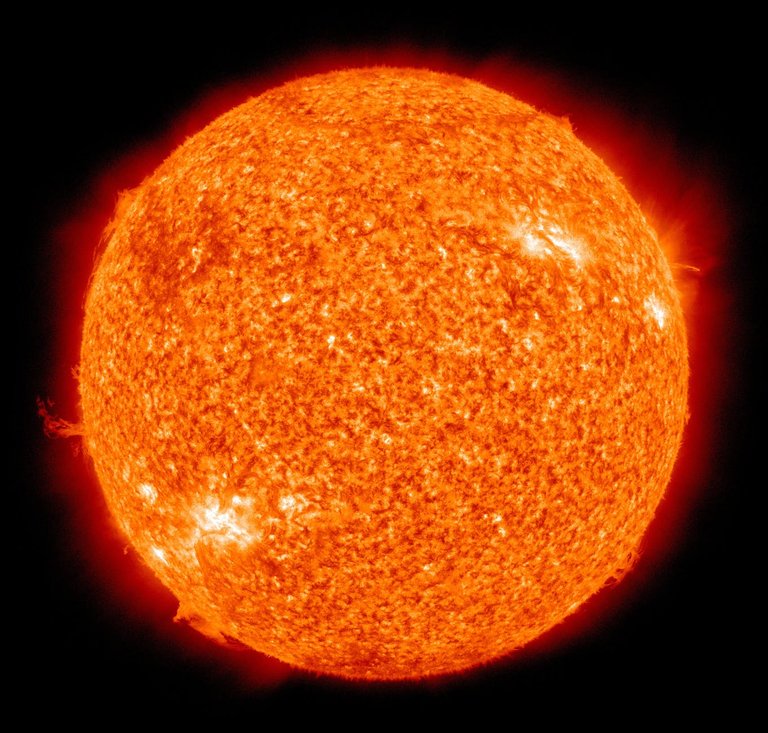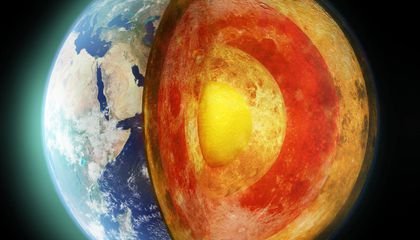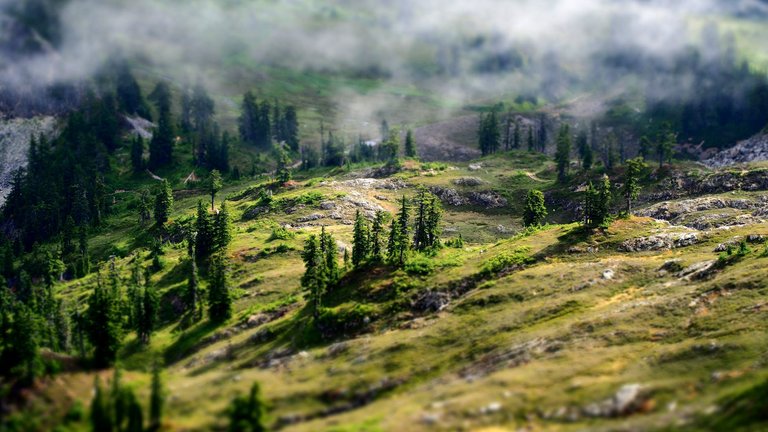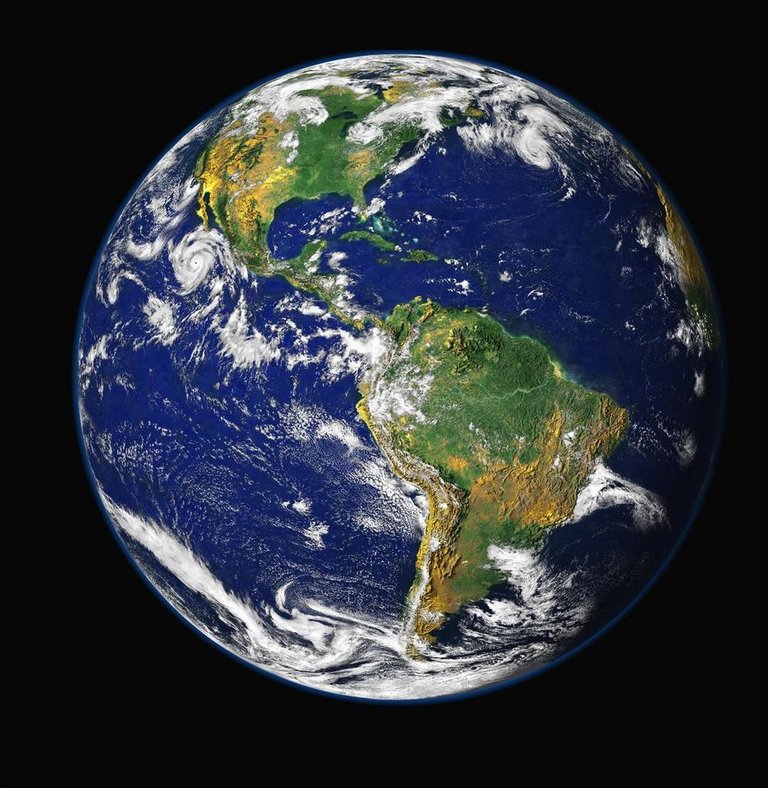Hello guys, @pasaift here.
So I've been thinking a lot of how this our planet came to be. What resulting force gave rise to the formation of this giant planet called Earth.
I did my research, found lots of theories and I present to you the answer from science perspective.
The creation of planet Earth started with a tremendous bang. Somewhere in our galaxy a star exploded, throwing out masses of gas and dust. This supernova, as these explosions are called, happened about 5bn years ago. The wreckage from the explosion then crashed into a nearby cloud of gas, bringing together the ingredients for our solar system to form. Because the explosion was so energetic it made the dust mixture very hot and things began to cook. Little bits of dust began to cluster, making bigger and bigger lumps, and the mixture began to pull together under its own gravity.
Eventually the central lump became so hot and dense that it started to generate its own energy, igniting nuclear fires. This was the birth of our sun. 
Source
The remaining dusty mixture swirled around the star, fanning out into a disc.
Gradually the sun grew in size and the dusty disc cooled. Over millions of years the dust clustered into grains, then lumps, boulders and eventually planetesimals - chunks of rock big enough to have their own gravitational field.
Some of these planetesimals became the embryonic forms of the planets in our solar system today. Slowly these rocky planets began to organise themselves, settling at a comfortable distance from the sun and finding their own orbit. Earth found its path as third planet from the sun. In the early days rocky pile-ups were still common, leaving craters on the surface of all of the planets.
One of these collisions, about 4.5bn years ago, is thought to have very nearly destroyed the Earth, and was probably responsible for our moon. A large planetesimal, about the size of Mars, gave Earth a glancing blow, chucking a chunk of Earth's crust out into space. Some of the planetesimals merged with Earth, while the ejected lump started its own orbit around Earth and became the moon.Evdence for this theory comes from samples of moon dust, showing that the moon is made of fairly similar rocks to those found in the upper layers of the Earth's mantle and crust.
The moon formation crash knocked Earth sideways, changing its angle of tilt to the sun from 0 degrees to 23.5 degrees. As a result, the Earth started to have seasons:
- winter for the hemisphere tilted away from the sun, and
- summer for the hemisphere tilted towards the sun.
Early Earth was a very different place to the planet we inhabit today. Initially the planet didn't have a crust, mantle and core, and instead all the elements were evenly mixed. There were no oceans nor continents and no atmosphere. Meteorite collisions, radioactive decay and planetary compression made Earth become hotter and hotter. After a few hundred million years the temperature
of Earth reached 2,000C - the melting point of iron - and Earth's core was formed. 
Source
At this point much of the Earth was molten and there may have been a magma ocean at the surface. Gradually the earth cooled and the planet settled out into a core, mantle and crust. This layering of the planet helped to trigger plate tectonics at the surface, and the Earth began to look a little more like the planet we know today.
Most geologists think Earth's atmosphere and oceans arrived about 4bn years ago - the product of multiple volcanic burps. Alternatively, they may have come from comets colliding with Earth and releasing water and gases at the surface.

Source
However they arrived, Earth's position in the solar system was serendipitous. Mercury and Venus are too close to the sun, so too hot for oceans to form (they just evaporate), while Mars is too far away (any liquids just freeze). Only on Earth were conditions just right. Earth's early atmosphere didn't contain much oxygen and was very different to the one we have today. Nonetheless, the atmosphere and oceans enabled life to get a foothold, annd the first single-celled organisms evolved about 4bn years ago. Gradually these algae changed the composition of Earth's atmosphere, munching their way through carbon dioxide and water, and releasing oxygen. By about 2.5bn years ago significant amounts of oxygen had built up in Earth's atmosphere. The scene was set for complex life to evolve.

Source
Plagiarism is the copying & pasting of others work without giving credit to the original author or artist. Plagiarized posts are considered spam.
Spam is discouraged by the community, and may result in action from the cheetah bot.
More information and tips on sharing content.
If you believe this comment is in error, please contact us in #disputes on Discord
While this is one theory, there are others. I lean toward Creation. Interesting interpretation, though. Take care!
Creation is not a theory. It is not testable. It is a belief.
Yeah, true that there are other theories. I'm focused on the scientific aspect. Thanks for your presence.
My pleasure!
All I know is that God created Earth lolz
Lolx. True according to law of supernatural creation. This is law of science "big bang theory"
There are still some other theories tho..